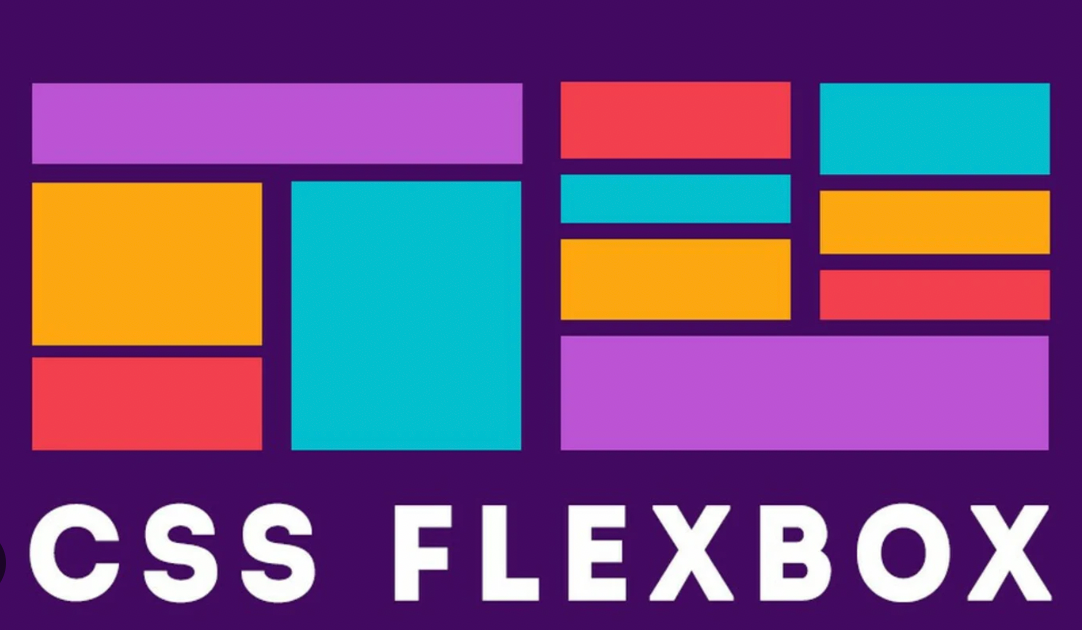Unleash the Power of CSS Flexbox
 Muskan Fatima
Muskan Fatima
Introduction:
Are you tired of wrestling with complex layouts in your web design projects? Say goodbye to the struggle and hello to a world of design possibilities with CSS Flexbox! In this blog, we'll dive deep into mastering Flexbox, empowering you to create responsive layouts with ease. Get ready to revolutionize your web design skills and embark on a journey to unlock the full potential of CSS Flexbox.
Understanding CSS Flexbox:
CSS Flexbox is not just another layout model; it's a game-changer in the world of web design. At its core, Flexbox offers a more efficient way to design flexible and responsive layouts. It consists of a parent container (flex container) and one or more child elements (flex items), granting you unparalleled control over layout structures.
Flex Container Properties:
Let's delve into the essential properties that govern the behaviour of flex containers:
- display: flex: Transform your container into a flex powerhouse with a single declaration, enabling Flexbox layout for its children.
.container {
display: flex;
}
- flex-direction: Define the flow of flex items within the container, whether it's row, column, or their reverse counterparts.
.container {
flex-direction: row; /* Default value */
}
- justify-content: Take charge of item alignment along the main axis, effortlessly centring, distributing space, or anything in between.
.container {
justify-content: center; /* Align items at the center */
}
- Tip: Experiment with
flex-start,flex-end,space-between, andspace-aroundfor diverse layout designs.
- align-items: Fine-tune item alignment along the cross-axis to achieve pixel-perfect perfection.
.container {
align-items: center; /* Align items vertically at the center */
}
- Tip: Combine
align-itemswithjustify-contentfor ultimate control over item alignment.
Flex Item Properties:
Now, let's empower your flex items with these indispensable properties:
- flex-grow: Grant your items the ability to expand and occupy available space proportionally.
.item {
flex-grow: 1; /* Allow the item to grow to fill the available space */
}
- flex-shrink: Prevent unwanted shrinking of items, maintaining their integrity within the layout.
.item {
flex-shrink: 0; /* Prevent the item from shrinking */
}
- flex-basis: Set the foundation for item sizing before space distribution kicks in.
.item {
flex-basis: 100px; /* Set the initial size of the item */
}
- Tip: Harness the power of
flex-basisin conjunction withflex-growfor precise control over item sizing and growth behaviour.
- flex: Simplify your declarations with shorthand property.
.item {
flex: 1 0 auto; /* Equivalent to flex-grow: 1; flex-shrink: 0; flex-basis: auto; */
}
Responsive Design with Flexbox:
Flexbox isn't just about layouts; it's about responsiveness. Seamlessly adapt your designs to various screen sizes with these techniques:
@media screen and (max-width: 768px) {
.container {
flex-direction: column; /* Change the layout to column on smaller screens */
}
}
Conclusion:
By mastering the art of CSS Flexbox, you unlock the gateway to modern, responsive web design. Dive into experimentation, explore different Flexbox properties, and watch your designs flourish on any device. With Flexbox, the sky's the limit, and your creations will captivate audiences across the digital landscape.
Subscribe to my newsletter
Read articles from Muskan Fatima directly inside your inbox. Subscribe to the newsletter, and don't miss out.
Written by

Muskan Fatima
Muskan Fatima
I'm a final-semester Software Engineering Undergrad, with an unwavering passion for Web Development and specializing in Front-End Development.